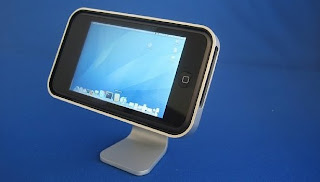Here is a real life example of another facet of Twitter's usefulness: propagating the news of someone disappearance and looking for information. Because of the mass of readers it reaches, it is a great complement to things lie the Amber alerts on US highways for missing kids or the Police scrolling messages on French television (also for kids). Now nothing exists for missing adults (besides Without a Trace that is) so we see more and more cases of friends and family tweeting about their missing ones to reach out to them or get information.
Case in point: Headline- Depressed Growing Pains Star Andrew Koenig Vanishes in Vancouver
The parents of Andrew Koenig—who played Growing Pains neighbor Boner Stabone—say their son was "suffering from depression" at the time of his disappearance. Last seen on Valentine's Day, the star was in Vancouver.
Koenig—who hails from a Hollywood family (his father was Chekov in Star Trek)—was last seen February 14, when he stayed at the home of Vancouver burlesque star Jenny Magenta, who has since updated her MySpace status to "anxious" and tweeted about suicidal friends. With the Twitter effect, more and more people are propagating this quest and hopefully the story will have a good ending.



In conclusion, like many new products, Twitter has found it's own unique place in our little networked world, far from its original"What are you doing?" concept to inform close friends about the flavor of your morning coffee.
Now you know. Twitter is about: "What's happening?". So use it to spread first hand information you can have or stay in tune with what is happening in the world.
Source: www.gawker.com













